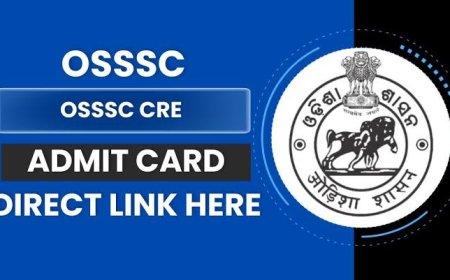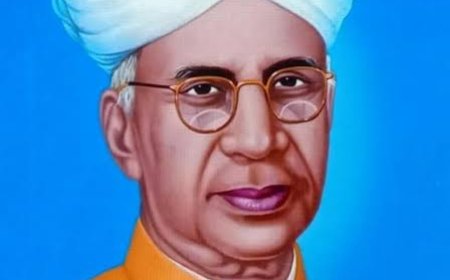Article 370 And 367
Here's a detailed explanation of Articles 370 and 367 of the Indian Constitution, covering their historical background, significance, and the changes made:
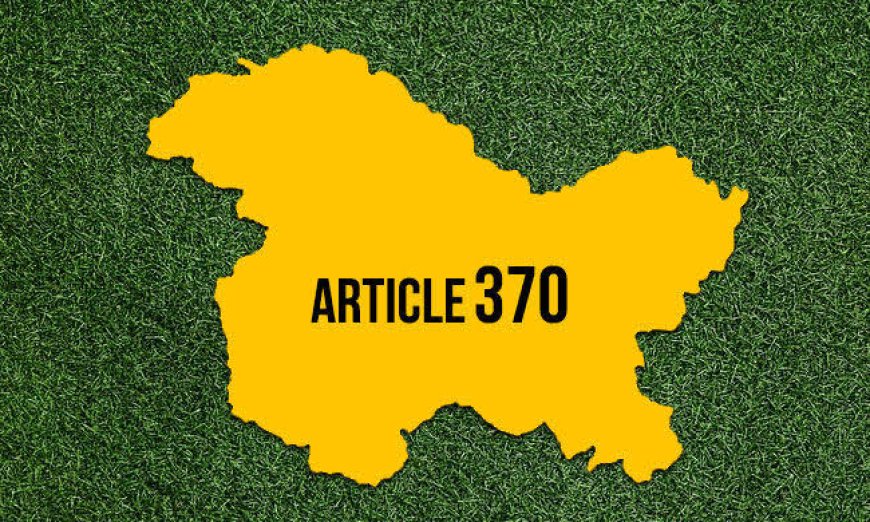
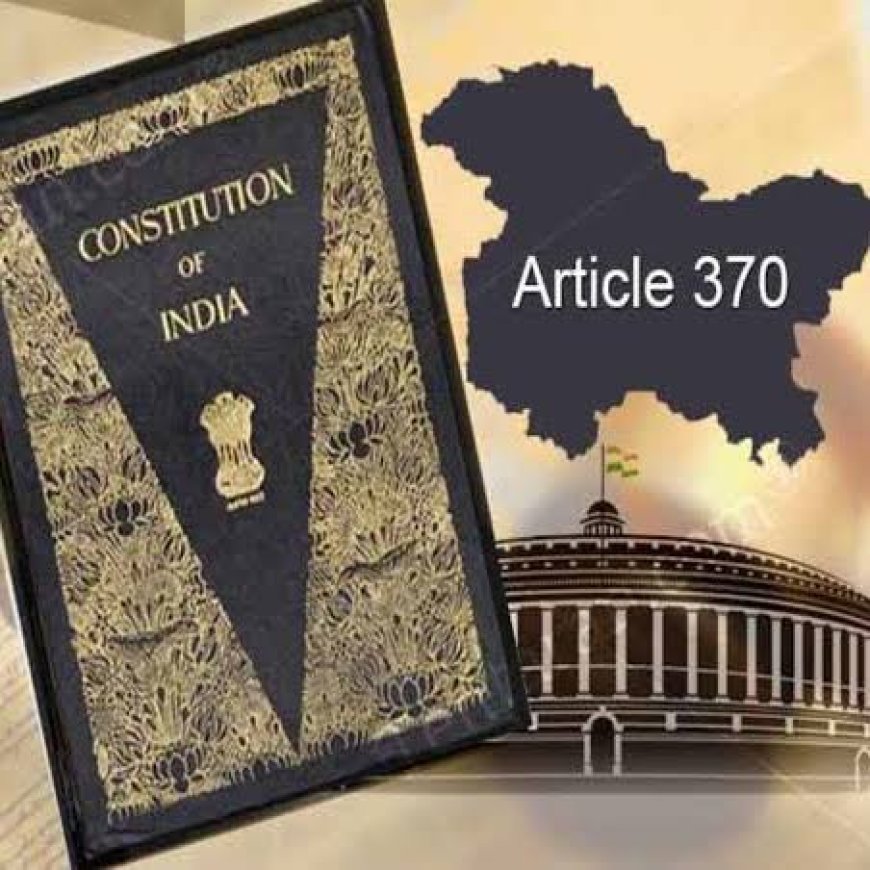
Introduction
Articles 370 and 367 of the Indian Constitution hold significant legal, political, and historical importance. These articles primarily pertain to the relationship between the Union of India and the state of Jammu and Kashmir, a region with a unique political status since the time of India's independence and partition. Article 370 granted special autonomous status to Jammu and Kashmir, while Article 367 contains general provisions on the interpretation of the Constitution, which were applied in modifying Article 370. Understanding these articles provides insights into the constitutional arrangement and the political landscape of India, especially concerning Jammu and Kashmir.
Article 370: Background and Historical Context
Article 370 was incorporated into the Indian Constitution in 1949 to recognize the special circumstances of Jammu and Kashmir's accession to India. When India gained independence in 1947 and was partitioned into India and Pakistan, the princely state of Jammu and Kashmir, ruled by Maharaja Hari Singh, was given the option to join either dominion. The Maharaja initially chose to remain independent but, facing an invasion by Pakistani tribesmen, he sought military assistance from India. The Indian government agreed to send troops on the condition that the Maharaja sign the Instrument of Accession, joining India.
The Instrument of Accession, signed in October 1947, granted India jurisdiction over three areas: defense, foreign affairs, and communications. Other matters would remain under the state’s control. This special arrangement was formalized through Article 370, ensuring that Jammu and Kashmir retained significant autonomy.
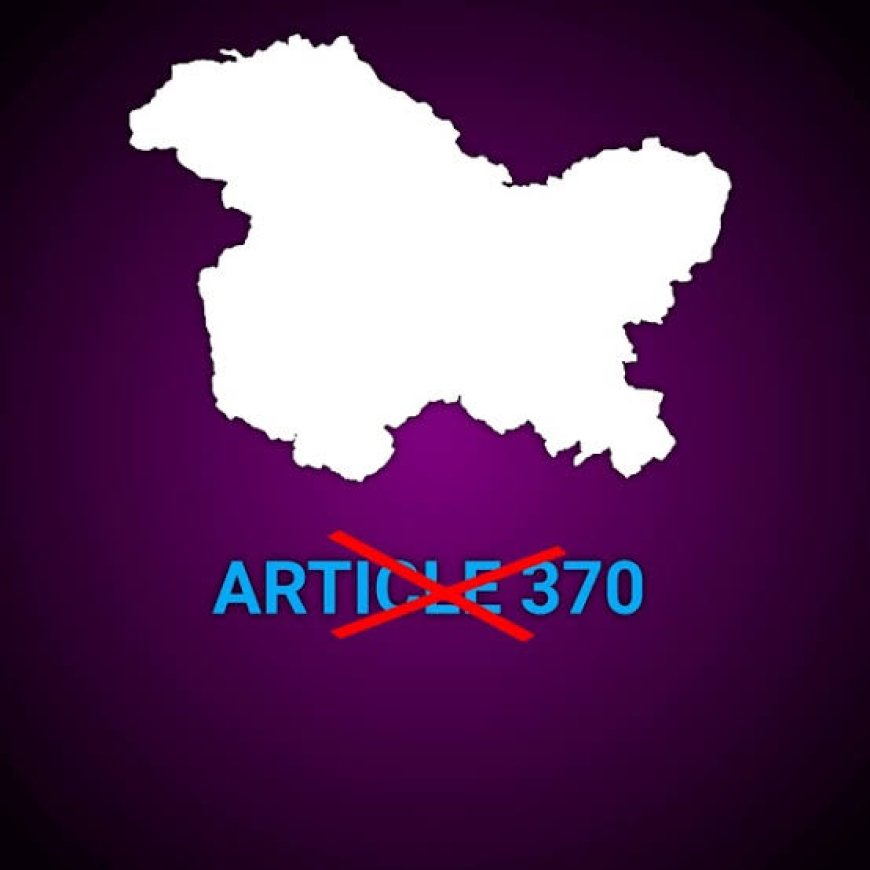
Provisions of Article 370
Article 370 stipulated the following key points:
1. Special Autonomy: Jammu and Kashmir had its own constitution and laws. Indian laws could be applied to the state only if they were agreed upon by the state’s Constituent Assembly. The Indian Parliament could legislate for the state only in matters of defense, foreign affairs, finance, and communications.
2. Limited Jurisdiction of the Indian Parliament: Parliament’s legislative powers were limited in Jammu and Kashmir, and laws related to other matters could only be extended to the state with the concurrence of the state government.
3. Separate Constitution and Flag: Jammu and Kashmir had its own constitution, adopted on 26 January 1957, and a separate flag. The state was the only one in India allowed to have these privileges.
4. Temporary Provision: Article 370 was originally intended to be temporary. It was included in Part XXI of the Constitution under “Temporary, Transitional, and Special Provisions.” However, over time, it became a permanent feature of India’s political landscape.
Significance and Impact of Article 370
Article 370 was instrumental in shaping the political and administrative relationship between India and Jammu and Kashmir. It provided the state with a degree of autonomy, which was crucial given its distinct demographic, religious, and political context. This autonomy was meant to preserve the unique identity and culture of the region and was seen as a means of integrating Jammu and Kashmir into India while respecting its special circumstances.
However, Article 370 also led to a complex and often contentious political situation. While it aimed to provide a bridge for integration, critics argued that it created a sense of separatism and alienation in Jammu and Kashmir. The provision prevented Indian citizens from other states from purchasing land in the region, and the state's permanent residents had exclusive rights to property and jobs. This was seen as creating a barrier between Jammu and Kashmir and the rest of India, fostering isolation and sometimes, conflict.
Amendment and Abrogation of Article 370
On 5 August 2019, the Government of India, led by Prime Minister Narendra Modi, took a historic step by abrogating Article 370. This was done through a Presidential Order and the passage of a resolution in Parliament. The government used Article 370(3), which allowed the President of India to declare the provision inoperative, provided it had the recommendation of the state’s Constituent Assembly. Since the Constituent Assembly of Jammu and Kashmir had dissolved in 1957, the central government used the powers vested in the President, in conjunction with Article 367, to modify the requirement and secure the abrogation of Article 370.
The abrogation effectively ended Jammu and Kashmir’s special status, and the region was reorganized into two Union Territories: Jammu and Kashmir (with a legislative assembly) and Ladakh (without a legislative assembly). This move aimed to integrate the region more closely with the rest of India, bringing it under the full purview of the Indian Constitution and laws.
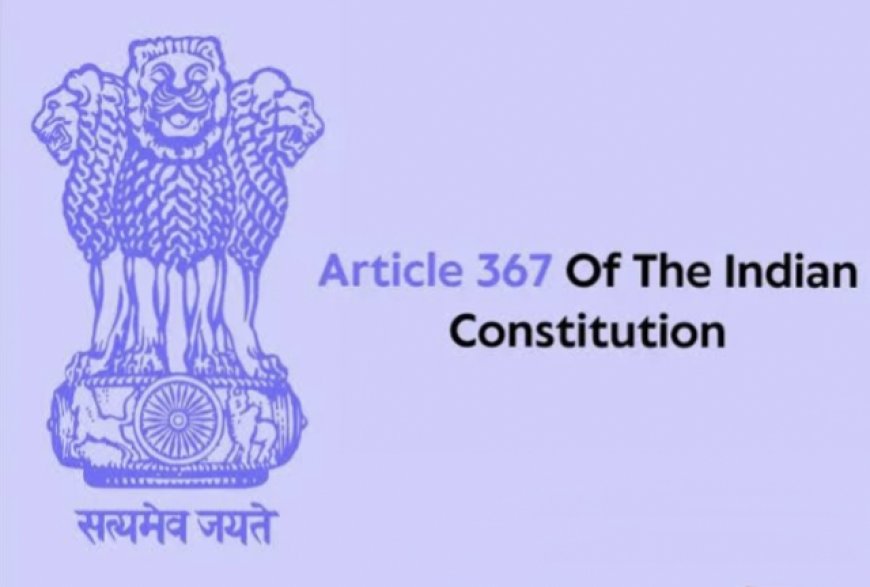
Article 367: Interpretation and Its Role in Abrogating Article 370
Article 367 of the Indian Constitution deals with the interpretation of the Constitution. It lays down the general provisions for how certain terms and expressions used in the Constitution are to be understood. The article serves as a guide to interpret various constitutional provisions, providing clarity and consistency in legal interpretations.
The government used Article 367 to facilitate the abrogation of Article 370. On 5 August 2019, the President of India issued a Constitutional Order (C.O. 272) that modified the application of Article 367 in relation to Jammu and Kashmir. This modification was critical in bypassing the need for the concurrence of the state’s Constituent Assembly, which had ceased to exist.
Modifications Made Through Article 367
The Presidential Order of 2019 made the following changes:
1. Substitution of the Term "Constituent Assembly": The order substituted the term “Constituent Assembly” with “Legislative Assembly of the State.” Since Jammu and Kashmir was under President's Rule (central government’s direct rule) at the time, the Parliament of India assumed the role of the state legislature.
2. Interpretation of Other Constitutional Provisions: The order also provided for the interpretation of other constitutional provisions, enabling the extension of all Indian laws and constitutional provisions to Jammu and Kashmir.
These modifications, made possible through Article 367, allowed the central government to declare Article 370 inoperative without the consent of a state government or Constituent Assembly, which no longer existed.
Implications of Abrogating Article 370
The abrogation of Article 370 and the reorganization of Jammu and Kashmir have led to significant political, legal, and social changes:
1. Integration with the Indian Union: Jammu and Kashmir’s special status was revoked, bringing it on par with other Indian states and Union Territories. All Indian laws, including those related to fundamental rights and reservation policies, now apply uniformly to the region.
2. Development and Governance: The central government argued that the abrogation would lead to better governance and development, as the region would now receive direct investments and benefit from national welfare schemes without legal hindrances.
3. Controversy and Opposition: The move faced opposition from some political parties in India and led to unrest in Jammu and Kashmir. Critics argued that the abrogation was unconstitutional, given the original intent behind Article 370, and that it disregarded the sentiments of the local population. Internationally, the move also received mixed reactions, with some countries expressing concern over the impact on regional stability.
Conclusion
Articles 370 and 367 played crucial roles in shaping the constitutional and political relationship between India and Jammu and Kashmir. While Article 370 granted special autonomy, Article 367 provided interpretive flexibility that was instrumental in the abrogation process. The removal of Article 370 marks a turning point in India’s history, as it seeks to integrate Jammu and Kashmir more closely within its constitutional and political framework.








